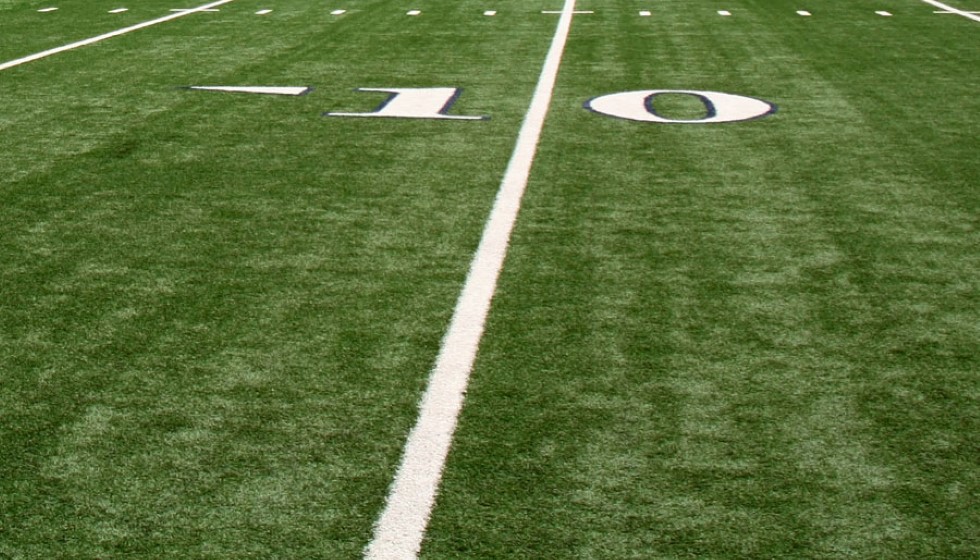
Injuries are an inevitable part of the NFL landscape, and this preseason is no exception. All 32 teams in the league have faced significant setbacks as various key players have sustained serious injuries, impacting their availability for the upcoming season.
Season-Ending Setbacks
Moore, who was traded to Atlanta this offseason, suffered a devastating knee injury earlier this month. His departure from the practice field was a somber scene, marked by an air cast on his right leg and immediate transport to a local medical facility. Moore is expected to return in 2025, leaving a substantial gap in the Falcons' lineup.
Joining Moore in the long-term recovery room is Trice, the Falcons' No. 74 overall pick, who tore his ACL in his first preseason game. Trice, like Moore, is anticipated to return in 2025. In a similar unfortunate twist, Evans will also miss the entire regular season due to a torn patellar tendon and aims for a return in 2025. Williams, who suffered an ACL tear during training camp, falls into the same category with a return expected in 2025 as well.
McCarthy’s torn meniscus and Herbig’s torn rotator cuff are additional blows to their respective teams, with both players targeting a return in 2025. These season-ending injuries not only hinder team preparations but also alter the strategic landscape as coaches must adapt to these significant player absences.
Shorter Timelines
While some players face extended recovery periods, others are looking at shorter timelines. Milano suffered a torn biceps and is expected to be sidelined for the majority of the season, with an optimistic return forecast in December. Similarly, Chubb, who has been dealing with a knee injury from last season that required multiple surgeries, remains on the PUP (Physically Unable to Perform) list. His return isn't anticipated before Week 5, with hopes for a comeback by Week 8.
Herbig, dealing with a torn rotator cuff, is also aiming for a December return. However, the more immediate focus is on players who can return within the first few weeks of the regular season. Curtis Samuel, sidelined by turf toe, is considered "week to week" and is expected back by Week 2.
Impact on Early Season Games
MVS sustained a neck sprain during a preseason Week 2 victory over the Pittsburgh Steelers and is likely to return by Week 3. Dane Jackson’s significant hamstring injury and Brooks' torn ACL are likely to keep them off the field until Week 4, affecting their teams’ early season strategies.
The Bengals’ first-round pick, who sustained a strained pectoral muscle in their inaugural preseason game, is expected to be ready by Week 2. Tennessee’s No. 1 wideout and the reigning Offensive Rookie of the Year, both of whom suffered knee injuries in early August, aim to return by Week 1.
Further optimism surrounds Phillips, who overcame a torn Achilles and was recently activated off PUP. He is expected back by Week 1, providing a much-needed boost to his team.
Adaptive Strategies
Preseason injuries have indeed disrupted evaluations and preparations across the league. Coaches and staff are forced to adapt, reshuffling lineups and adjusting playbooks to compensate for the loss of key players. There are hopeful signs, such as the Lions' second-year running back who sustained a hamstring injury this month. Reports indicate it is "not expected to be a serious issue," suggesting a quicker recovery.
Dave Canales is also optimistic about Brooks' return, estimating it by Week 3 or Week 4, stating that such a timeline would be "great" for the team. Additionally, Higbee, who will rejoin his team in Week 15 due to ACL and MCL injuries, remains a pivotal hope for the late season.
Summary
The NFL preseason is a time for optimism and strategic adjustments, but it has been overshadowed by a plethora of injuries that will undoubtedly impact the regular season. Key players facing season-ending injuries, alongside those with shorter recovery periods, have put a strain on team resources and forced an early test of depth across the league. As the regular season looms, teams will continue to adapt and hope for swift recoveries to regain their competitive edge.